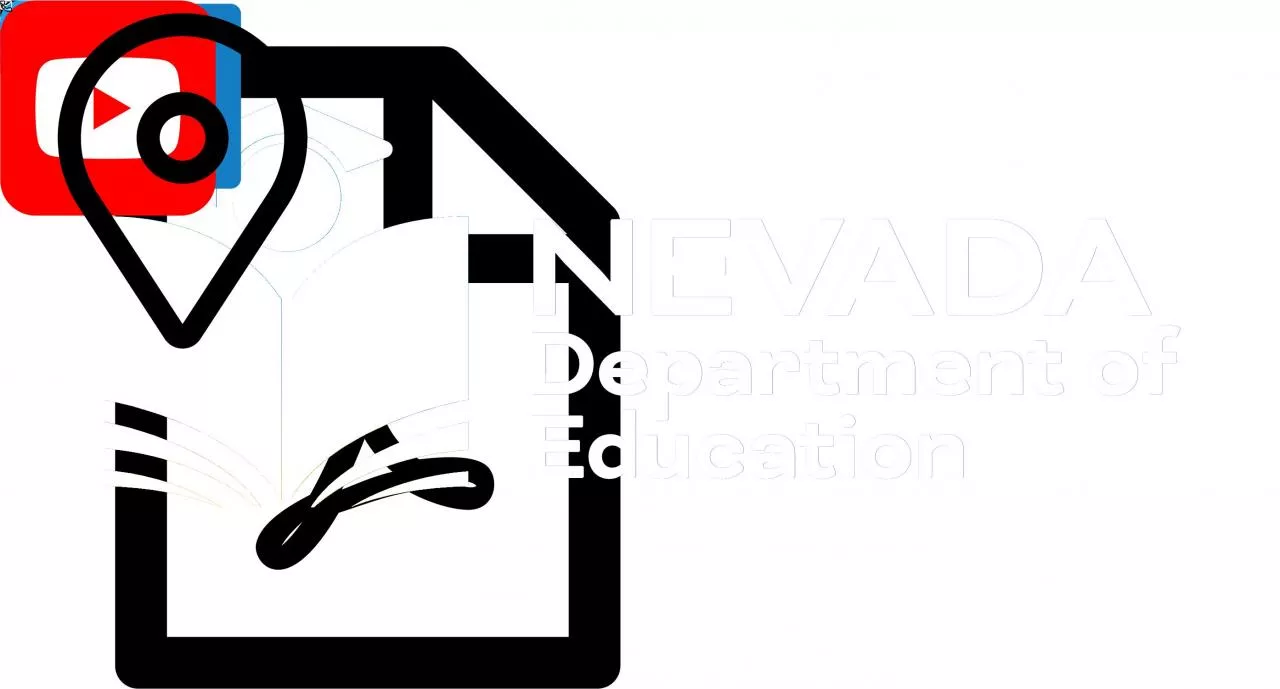

Amanda Brown and Justin Silverstein APA Presentation Overview Review how recommended student weights from APA study were developed and applied 2 How Were Weights Developed Study team reviewed all available information including ID: 1011776
Download Presentation The PPT/PDF document "Study Recommendations: Student Weights" is the property of its rightful owner. Permission is granted to download and print the materials on this web site for personal, non-commercial use only, and to display it on your personal computer provided you do not modify the materials and that you retain all copyright notices contained in the materials. By downloading content from our website, you accept the terms of this agreement.
1. Study Recommendations:Student WeightsAmanda Brown and Justin Silverstein, APA
2. Presentation OverviewReview how recommended student weights from APA study were developed and applied2
3. How Were Weights Developed?Study team reviewed all available information including:Current funding practices in Nevada and other states.A national inventory, the 2012 AIR study, and the study team’s updated analysis of current student need adjustments in comparison states.The body of adequacy findings from the current study and prior studies conducted in Nevada: The current study using the professional judgement (PJ) and evidence-based (EB) approaches.The 2006 study conducted by APA for the legislature that used the successful schools and PJ approaches.The 2015 APA PJ study for the Lincy Institute at UNLV. Results of adequacy studies conducted nationally over the past 10 years.3
4. At-Risk Weight4At-risk defined as students eligible for free and reduced priced lunch (as proxy).The study team recommends a weight of .30 (does not include Title I funds).Weight intended to provide for interventionists, additional social emotional support staff, supplies and materials, and extended learning time.
5. English Learners Weight5The study team recommends a weight of .50 for the state funding formula.Weight intended to provide differentiated language support based upon need (ranging from separate instruction for newcomers to co-teaching and support in the general education classroom), supplies and materials, and extended learning time.Other considerations: using a three-tier weight based on WIDA results, overlap of resources from at-risk adjustment.
6. Special Education Weight6The study team would recommend a 1.1 full adequacy weight (IDEA funds being separate) applied to all special education students.Prior to implementing a relative weight for special education, a comparison against current expenditures were need to be made to ensure that funding does not drop below current and violate federal maintenance of effort and fiscal support requirements.Other considerations: The state could also consider a three-tier funding model for special education with differentiated weights by three levels of student need (using the 2015 PJ results) or providing a weight for mild and moderate and continuing to fund severe separately as a categorical (2018 EB recommendation). 2006 Study PJ2015 PJ2018 PJ2018 EBApplied to Each Study's Adequacy Base1.21.11.4.70 (mild and mod)Scaled to Apply to Base of $5,9881.91.72.161.17 (mild and mod)Nevada StudiesAIR Study/ Updated Analysis, Weight in Each State Against their Base: .9 (average)National Adequacy Comparison, Weight Against Adequate Base: 1.1 (average)Comparison to Other States/Studies
7. Gifted and Talented Weight7The PJ panels did not recommend additional resources for gifted on a full adequacy base.However, if a lower base was used the study team recommended using a weight of .05 for gifted and talented (about $300 per student) based upon information from comparison states.2006 Study PJ2015 PJ2018 PJ2018 EBApplied to Each Study's Adequacy Base–––Less than 0.01 Scaled to Apply to Base of $5,988–--–0.01Nevada StudiesAIR Study/Updated Analysis, Weight in Each State Against their Base: weights range from .02 to .60 (if the student has an IEP).Comparison to Other States/StudiesNational Adequacy Comparison: not available
8. Weights Summary8Weights were recommended at the same relative level, for either the starting point base figure (2018 Successful Schools) or full adequacy figure. Alternative would have been weights scaled to generate the same dollar amount as full adequacy vs. relative position [keeping weight the same regardless of base applied to).This approach would target additional resources towards at-risk, EL, special education, and gifted and talented students first.Weights were applied to all eligible students (FRL, EL, special education and gifted)Note, figures exclude federal funds, transportation and capital. 2018 Successful SchoolsFull AdequacyBase$6,197 $9,238Student Need Weights At-Risk0.30 ($1,859)0.30 ($2,771)English Learners0.50 ($3,099)0.50 ($4,619)Special Education1.1 ($6,817)1.1 ($10,162)Gifted and Talented0.05 ($310-